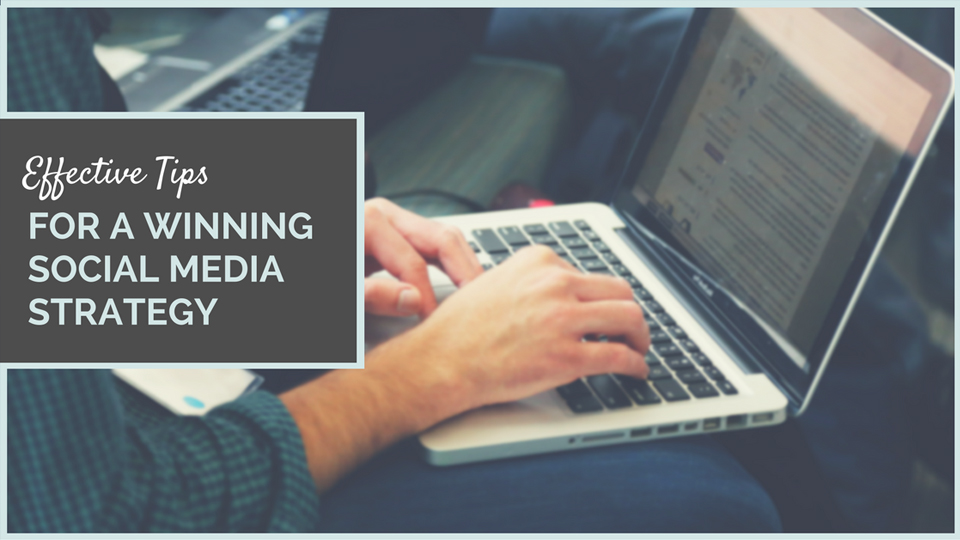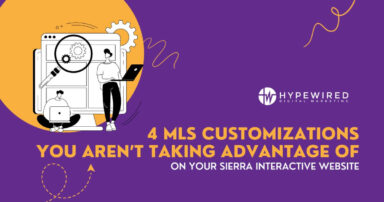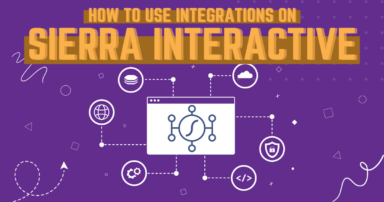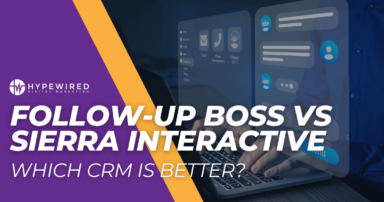There is no marketing strategy that will work today without the use of social media. Social media strategy is a necessity. Social media platforms are living things that grow and change over time. Platforms themselves evolve as well as the audience one may gain from such platforms. Active listening, monitoring and engagement is needed to develop a tailored and successful approach to using any platform.
Much of what is done reflects the specific goals of a company or individual and what they want to achieve through their efforts. Set those goals for 2018 and then develop a marketing strategy that incorporates the most relevant platforms for the content to be delivered.
Learn more about what it takes to become a social media influencer today.
Sharable Content
What makes content worth sharing? Shareable content is packaged in a way favored by a specific platform. Understanding the three key components of what drives “shareability” is essential to an effective social media strategy. These include content that is either:
- Educational;
- Inspirational or;
- Elicits an emotional reaction.
Content with images, infographics or videos are often well-received and shared by users. Facebook users love video. On average, there are 8 billion video views daily on Facebook. Live videos are also a popular medium on that platform. Viewers want to connect.
Shared content strikes a cord and is relevant to audience lives. Viewers, in turn, share the content when they think others may find it beneficial or engaging. Shareable content creates the engagement necessary to meet the goals of a successful social media marketing plan.
Understanding Each Platform
 Know how each platform works. This means that social media influencers need to develop an understanding of the audience lingo and etiquette for the platforms used. Popular social media platforms include Facebook, Twitter, Instagram, Pinterest and LinkedIn. Such platforms have been around long enough for individuals to learn much about how to best deliver any content and grow a community. There are demographics and statistics on the most well-known platforms:
Know how each platform works. This means that social media influencers need to develop an understanding of the audience lingo and etiquette for the platforms used. Popular social media platforms include Facebook, Twitter, Instagram, Pinterest and LinkedIn. Such platforms have been around long enough for individuals to learn much about how to best deliver any content and grow a community. There are demographics and statistics on the most well-known platforms:
- Facebook is exceedingly popular with adults aged 30 to 49 years, of whom 79 percent say they use the platform daily, while 82 percent of adults aged 18 to 29 years are daily users
- Users on Twitter may only spend an average of 18 minutes per day on the platform, but they sent over 350,000 tweets per minute in 2017.
- With over 300 million active daily users, Instagram is one of the most popular social media platforms available to consumers
- Pinterest is a unique hybrid platform that combines the swiftness of a search engine and the community of a social network that offers excellent click-through metrics
- As of 2017, LinkedIn boasted 500 million total users worldwide, and offers a platform that’s just as suited for information sharing as it is for professional networking
Knowing the demographics of a platform can help ensure that those targeted are actually actively using a platform selected. Use things, such as the Audience Insights tool on Facebook, to learn more about a targeted audience.
Each platform generally has its own analytical tools to gain more information on the users engaging with content. Those interested in getting the most from such platforms need to know what can be leveraged from each platform.
Know When to Post
There are specific best practices when it comes to posting content, and it is useful to become familiar with such details. Know the time of day and day of the week which would be best for promoting content on Facebook, Twitter, Instagram, Pinterest and LinkedIn.
“People expect two-way communication via social. Don’t simply schedule posts for the following week or month. Engage with followers. When used correctly, social media is a useful tool to connect with an audience or community and build a brand.”
A number of sources suggest the best posting times for sharing content on Facebook are Thursday and Friday from 1 to 3 p.m. However, this may be different depending upon the behavior exhibited by an influencer’s following.
Know What to Post
In order to support the delivery of content, it is important to deliver the right content on each platform, or what’s known as “native content”:
- Facebook promotes video content
- Twitter is all about those hashtags which follow trending topics
- Instagram’s visual posts using hashtags elicit more than 10 percent higher engagement than posts without
- Pinterest users react well to infographics and informative imaging
- LinkedIn is perfect for sharing written content with a professional spin
Even smaller details, such as image sizes, need to be adjusted for the platform chosen. Know how to package content on specific platforms to gain the followers and engagement desired.
Uniformity Across Platforms
 Create a memorable brand. Whether a follower connects on Twitter, Instagram, Facebook or another platform, the brand and tone should be consistent and immediately recognizable. The unique persona of a brand should not change on the platforms.
Create a memorable brand. Whether a follower connects on Twitter, Instagram, Facebook or another platform, the brand and tone should be consistent and immediately recognizable. The unique persona of a brand should not change on the platforms.
Rather, what does need tweaking is the content. Users on each platform prefer (a) particular type(s) of content. Deliver the content in a package most suitable for the specific platform being used for best results. Keep the voice and branding the same on all channels used, even though the form of content will need to be adapted for each platform.
Users may use multiple platforms. Do not be afraid to develop a strong presence on one platform and use it to grow a following on another. Feel free to use, “Follow us on Twitter, etc.” in order to encourage additional connections on other channels.
Engage and Thank
Keep them coming back for more. Simply showing appreciation for those that take the time to comment and share helps foster goodwill and increase the likelihood that those in an audience, guest posters and fellow thought leaders or experts will continue to do so in the future.
Organic engagement is key. Those who are successful at becoming a social media influencer are able to encourage and sustain conversations on social media platforms. This type of authentic engagement helps build familiarity and brand recall in the minds of followers.
Communication Tool
Remember: people expect two-way communication via social. Don’t simply schedule posts for the following week or month. Engage with followers. Actively listen to the needs and questions of those commenting and avoid coming off as preachy. When used correctly, social media is a useful tool to connect with an audience or community and build a brand.
Have Audiences Value Your Contribution
Remember that an audience’s time span is short. Be worthy of your audience’s attention by providing value and using a strategy incorporating the best practices above. It does take time and effort to be considered a thought leader and to create an engaged community of followers.
For those new to developing a social media strategy, it is useful to reach out to an experienced social media agency for assistance. Get desired results without the growing pains when working with a professional social media management agency with a successful track record in supporting the development of social media influencers today.

 January 22, 2018
January 22, 2018



